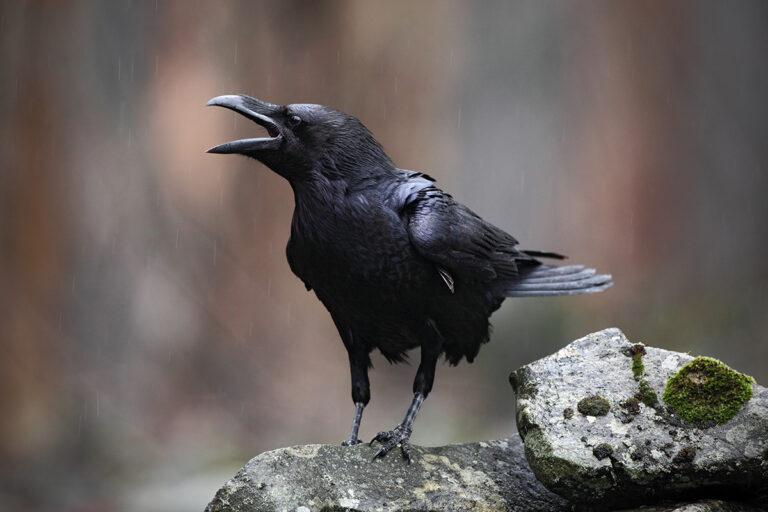A Long Trek Home: 4000 Miles By Boot, Raft, And Ski
Erin McKittrick
The Mountaineers Books, 2009, 256 pages
My shorter Oxford English Dictionary defines “trek” as, “A long arduous journey or expedition, esp. one made on foot or by unconventional means.” While modern usage has lightened the burden of a trek to being simply a “long journey,” the trip described in Erin McKittrick’s book A Long Trek Home is a trek in the OED sense. The tale takes you along the northwest Pacific coast sometimes on foot or ski, though rarely on trails, and often on the water in “pack rafts.”
McKittrick and her travel partner / husband Hig set out to observe firsthand the effects of human activity, both direct and indirect, on the coastal environment. They observe the effects of clear-cutting on the temperate rainforest, the production of pen-raised salmon on native stocks, the potential of mining operations to wreak even greater havoc on the remaining wild salmon runs, and climate change on costal glaciers. They describe the various flora and fauna, and their interactions with them along the route; most interesting are their encounters with ursine fauna. They commune with new and old friends living sheltered lives in remote coastal villages.
Their firsthand look at the human changes to local landscapes helped Erin & Hig understand that directly observing change is the best way to understand the scope of that change. This, and the knowledge that observation need be “up close and personal,” birthed the idea of “Ground Truth Trekking” (see www.groundtruthtrekking.org) as a means of furthering their environmental activism and education goals. This, in the end, is the ultimate benefit of this trip for the reader.
McKittrick’s engaging prose, arranged in short segments within each chapter, makes the book easy to read in short bits; but you won’t read it that way. The thought, “I’ll read just one more section,“ will result in you reading another half hour or more before other duties finally pull you away. If you have no other duties you are apt to read A Long Trek Home cover-to-cover.
Stan Miller
Backcountry Betty: Crafting With Style Nature Inspired Projects
Jennifer Worick
Skipstone Press, 2009, 128 Pages.
Being outdoorsy and being crafty doesn’t always go hand-in-hand. If you are a serious crafter, or a serious outdoors person, you know how much time these hobbies can require and sometimes it is impossible to indulge in both without sacrificing sleep. This is the initial attraction that I had for the premise of the nature-inspired projects in Crafting With Style Nature Inspired Projects.
All the projects in the book use items found out and about on hikes or working in the garden. And all create simple and beautiful projects. The projects range from creating scented diffusers from pinecones, fizzing bath bombs, flavored honey, beach glass jewelry, to creating luminaries from used food cans. If the projects don’t necessarily fit your personal tastes, there are suggestions to easily adapt the ideas by using different materials and recycled items. The step-by-step instructions provide a great starting point to create just about anything from discarded materials. Jennifer Worick, the author, provides an excellent user’s list of tools and materials for the crafts in the book and the list, in general, is fantastic to get started crafting on any project. Knowing what to have on hand before you start is half the battle. By far my favorite projects are the laundry bags made from old sheets and the reusable dryer ball made from felted wool.
Although Worick doesn’t focus the book on children I couldn’t help but think when reading and testing some of the projects that this book would be a great educational tool for kids by creating an outdoor adventure to procure art project materials. There are a number of opportunities for scavenger hunts, identifying plants, cones and seeds, and just getting outside and interacting with nature—particularly in the urban environment. Above all else this book reinforces that those of us who pick up pretty rocks and twigs, and whatever else that catches our eye on walks, aren’t so weird after all.
Beth Mort












